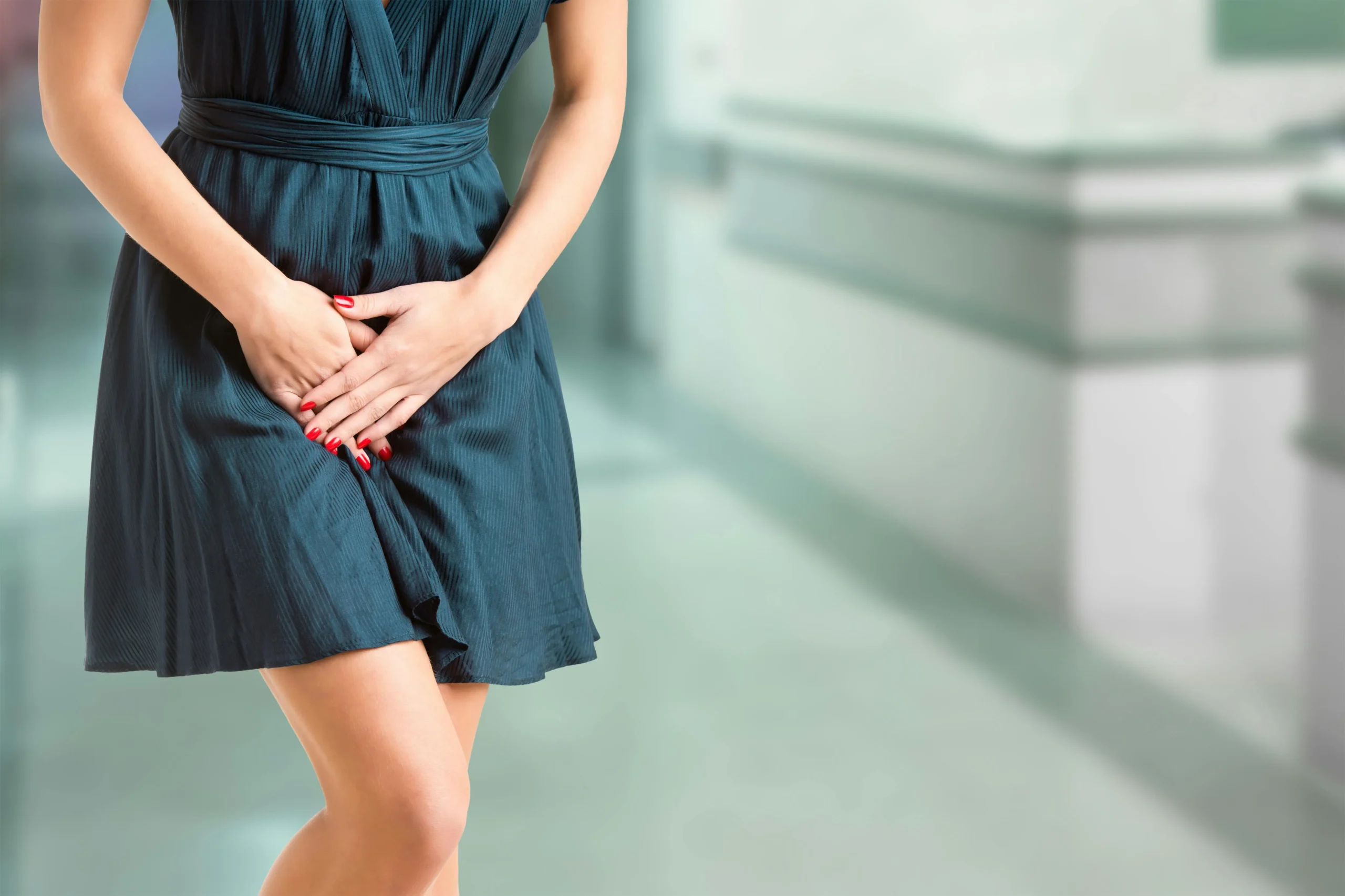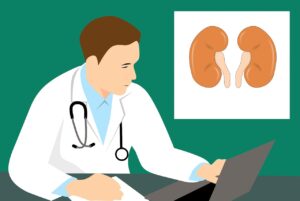Urinary incontinence in women is a common condition characterized by a loss of bladder control, leading to involuntary leakage. Understanding the various factors that contribute to this issue is essential for women seeking effective management and treatment. Symptoms can range from occasional minor leakage to complete loss of control, affecting daily life and emotional well-being.
Several causes exist, including pregnancy, childbirth, hormonal changes, and certain medical conditions. Additionally, lifestyle factors such as obesity and high-impact exercise can exacerbate the condition. Recognizing these causes is the first step toward addressing the issue and finding appropriate solutions.
For those experiencing urinary incontinence, seeking professional guidance can lead to effective management options. With the right information and support, women can improve their quality of life and regain confidence.
Understanding Urinary Incontinence
Urinary incontinence refers to the involuntary loss of urine, often leading to symptoms of urinary incontinence that affect many women and impact their daily lives. It can manifest in several forms, with varying causes and symptoms. The following sections detail the types of urinary incontinence, the anatomy of the female urinary tract, and the prevalence of this condition.
Types and Symptoms
There are several types of urinary incontinence, each characterized by different causes and symptoms:
- Stress Incontinence: Occurs when physical activity increases pressure on the bladder, causing leakage. Common triggers include laughing, coughing, or exercising.
- Urge Incontinence: This type involves a sudden, intense urge to urinate, often resulting in involuntary leakage before reaching the bathroom.
- Overflow Incontinence: Characterized by frequent or constant dribbling of urine, it occurs when the bladder does not empty completely.
- Mixed Incontinence: This is a combination of stress and urge incontinence.
- Total Incontinence: Complete inability to hold urine.
- Functional Incontinence: Resulting from physical or cognitive impairments that hinder responding to the urge to urinate.
Symptoms typically include urinary urgency, frequency, and involuntary leakage, leading to challenges in daily activities and emotional distress.
Anatomy of the Female Urinary Tract
The female urinary tract consists of several key components:
- Bladder: A muscular sac that stores urine.
- Urethra: The duct through which urine exits the body.
- Pelvic Floor Muscles: These muscles support the bladder, urethra, and other organs. Weakness in these muscles can lead to incontinence.
Understanding the anatomy helps in recognizing how dysfunction in any part can contribute to urinary incontinence. Supporting structures, like the pelvic floor, are vital for maintaining bladder control.
Prevalence and Impact on Quality of Life
Urinary incontinence is common in women, affecting millions worldwide. Its prevalence increases with age, pregnancy, childbirth, and menopause.
The impact on quality of life can be significant:
- Emotional Effects: Anxiety, embarrassment, and depression often accompany this condition.
- Social Limitations: Many women avoid social activities due to fear of leakage.
- Physical Health: Reduced physical activity levels can lead to other health complications.
Addressing urinary incontinence is crucial for restoring normalcy and enhancing life quality. Seeking medical advice is vital for effective management and treatment options.
Causes of Urinary Incontinence in Women
Urinary incontinence in women can stem from a variety of physical and medical factors, alongside lifestyle choices that may exacerbate the condition. Understanding these causes is essential for effective management and treatment.
Physical Factors and Life Events
Physical changes during pivotal life events such as pregnancy, childbirth, and menopause significantly impact urinary control. Pregnancy increases pressure on the bladder, often leading to temporary incontinence. Childbirth can weaken the pelvic floor muscles, which support the bladder. After menopause, hormonal changes can lead to dryness and affect tissue elasticity, contributing to leakage.
These physical factors may weaken the pelvic floor and pelvic support structures. Women who have experienced multiple pregnancies or large babies face increased risk. Additionally, conditions like obesity add further pressure on the bladder, worsening urinary incontinence.
Medical Conditions Contributing to Incontinence
Several medical conditions can contribute to urinary incontinence. Urinary tract infections (UTIs) can cause temporary incontinence due to urgency and frequency of urination. Chronic conditions such as diabetes and neurological disorders, including multiple sclerosis and Parkinson’s disease, can impair nerve signals involved in bladder control.
Other underlying conditions, such as interstitial cystitis or Prolapse can contribute to urinary incontinence by affecting the support of the bladder and urethra., result in loss of bladder control. Each of these medical issues can disrupt normal bladder function, making it imperative for women to address any recurrent symptoms with a healthcare provider for proper diagnosis and management.
Lifestyle and Behavioral Influences
Lifestyle choices significantly affect urinary incontinence. Caffeine, alcohol, and carbonated beverages can irritate the bladder and worsen symptoms. Inadequate fluid intake, paradoxically, can lead to concentrated urine, triggering urgency and leakage.
Certain behaviors, including smoking and inadequate physical activity, also contribute to incontinence risk. Weight management is essential; maintaining a healthy weight can relieve pressure on the bladder. Women should assess their habits and consider modifications to minimize their risk factors associated with urinary incontinence.
Diagnosis and Treatment Options
Assessing urinary incontinence in women involves a thorough evaluation to identify the underlying causes, such as pressure on your bladder, and appropriate treatment. This section covers essential assessment techniques and various treatment options available.
Assessment and Diagnosis
A healthcare provider will typically start with a detailed medical history and a physical examination. This assessment includes inquiries about the frequency and types of incontinence experienced, as well as any contributing factors.
Diagnostic tests may include:
- Urinalysis: To check for infections or abnormalities in urine.
- Bladder diary: A log of fluid intake and urination patterns to identify triggers.
- Urodynamic tests: To evaluate bladder function and measure pressures within the bladder.
These evaluations help in formulating an accurate diagnosis and tailored treatment plan.
Non-Surgical Treatments
Non-surgical options are often considered first for managing urinary incontinence. These treatments include:
- Pelvic Floor Muscle Training (PFMT) is an effective method to strengthen the muscles supporting the bladder and urethra.: Strengthens pelvic muscles, leading to better bladder control. Kegel exercises are a common example.
- Behavioral therapies: Techniques such as bladder training or scheduled voiding manipulate patterns of urination.
- Medications: Anticholinergic drugs help reduce bladder contractions. Certain antidepressants can also assist in managing symptoms.
Lifestyle modifications, like reducing caffeine and alcohol intake, may also provide relief from the symptoms of urinary incontinence.
Surgical Interventions
For women who do not respond to conservative treatments, surgical approaches may be necessary. Options include:
- Sling procedures: Involves placing a mesh tape under the urethra to support it and reduce leakage.
- Artificial Urinary Sphincter: A device implanted to help control urination. It is particularly effective for stress incontinence.
- Bulking agents can be injected to help control the amount of urine leakage in patients with urinary incontinence.: Injected around the urethra to provide more support and reduce incontinence episodes.
These interventions are typically considered after thorough evaluations and discussions about risks and benefits.
Where to get Treatment in Brooklyn
For women seeking treatment for urinary incontinence in Brooklyn, Big Apple Medical Care is a notable option. They offer a range of services tailored to address these issues.
Contact Information
- Address: 7322 5th Ave, Brooklyn, NY 11209
- Phone: 718-333-5120
- Email: staff@bigapplemedicalcare.com
Services Offered
Big Apple Medical Care provides various treatments, including:
- Diagnostic evaluations
- Behavioral therapy
- Medication management
- Surgical options for addressing bladder control problems may be considered.
The staff is equipped to guide patients through personalized treatment plans.
Additional Resources
Patients can learn more about available services and scheduling appointments by visiting the Big Apple Medical Care website. The team prioritizes patient care and aims to create a comfortable environment. This facility is dedicated to helping women manage urinary incontinence effectively.
Frequently Asked Questions
This section addresses common inquiries regarding urinary incontinence in women, covering causes, treatments, and specific concerns related to age and awareness of the condition.
How can female urine leakage be stopped?
Pelvic floor exercises, bladder training, and lifestyle modifications can help stop urine leakage in women.
What are the treatments available for urinary incontinence in elderly women?
Treatments include medications, Pelvic therapy can be beneficial for managing symptoms of urinary incontinence., and sometimes surgical options tailored to individual health needs.
What medical conditions could cause sudden urinary incontinence in women?
Conditions like urinary tract infections, neurological disorders, and certain medications may lead to sudden urinary incontinence.
Are there different types of female urinary incontinence experienced at night?
Yes, nocturnal enuresis refers to involuntary urination at night while stress and urge incontinence may also occur during this time.
At what age does urinary incontinence commonly begin for women?
Urinary incontinence often begins around menopause, typically between the ages of 45 and 55, but can start earlier.
What might be the reasons behind leakage of urine without awareness in females?
Causes may include neurological disorders, urinary tract infections, or bladder overactivity, which can lead to incontinence without prior warning.






